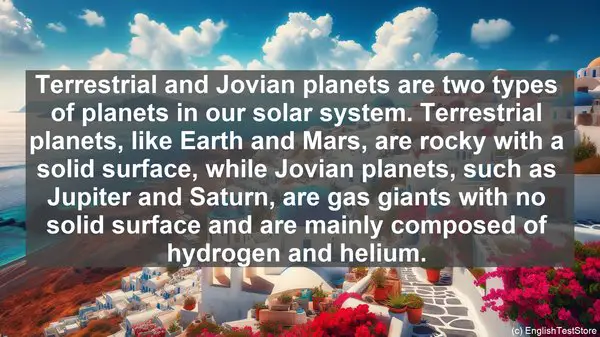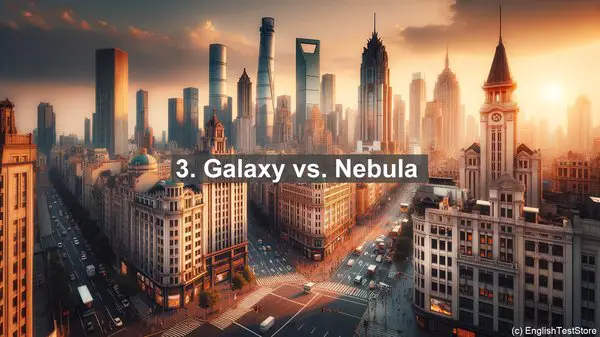Introduction
Welcome to today’s lesson on astrogeology. In this lesson, we’ll be discussing the top 10 commonly confused words in this fascinating field.

1. Asteroid vs. Meteoroid
One of the most common confusions in astrogeology is between asteroids and meteoroids. While both are celestial objects, asteroids are larger and mainly found in the asteroid belt, whereas meteoroids are smaller and often burn up in the Earth’s atmosphere, creating a meteor shower.
2. Comet vs. Meteor
Comets and meteors are often mistaken for each other. Comets are icy bodies that originate from the outer regions of the solar system and have a distinct tail when they approach the Sun. On the other hand, meteors are small particles that enter the Earth’s atmosphere and burn up, commonly known as shooting stars.
3. Galaxy vs. Nebula
Galaxies and nebulae are both captivating cosmic structures, but they differ in their nature. Galaxies are vast systems of stars, gas, and dust held together by gravity, while nebulae are clouds of gas and dust, often the birthplaces of stars.
4. Solar System vs. Universe
The solar system and the universe are not the same. The solar system comprises the Sun, planets, moons, asteroids, and comets, all bound by the Sun’s gravitational pull. In contrast, the universe is everything that exists, including all galaxies, stars, and other celestial objects.
5. Rotation vs. Revolution
Rotation and revolution are terms used to describe the motion of celestial bodies. Rotation refers to an object spinning on its axis, like the Earth’s daily rotation causing day and night. Revolution, on the other hand, is the orbital motion of an object around another, such as the Earth’s yearly revolution around the Sun.
6. Astronomer vs. Astrologer
Astronomers and astrologers are often confused, but they have different roles. Astronomers are scientists who study celestial objects and phenomena, while astrologers believe that the positions and movements of celestial bodies can influence human behavior and destiny.
7. Terrestrial vs. Jovian Planets
Terrestrial and Jovian planets are two types of planets in our solar system. Terrestrial planets, like Earth and Mars, are rocky with a solid surface, while Jovian planets, such as Jupiter and Saturn, are gas giants with no solid surface and are mainly composed of hydrogen and helium.

8. Waxing vs. Waning
Waxing and waning are terms used to describe the phases of the Moon. Waxing means the Moon is getting larger and brighter, while waning means it is getting smaller and less bright. These phases occur due to the relative positions of the Sun, Earth, and Moon.
9. Supernova vs. Nova
Supernovae and novae are both stellar explosions, but they differ in their intensity. A nova is a sudden increase in brightness of a star, while a supernova is a much more powerful explosion, often resulting in the destruction of the star.
10. Celestial Equator vs. Ecliptic
The celestial equator and the ecliptic are imaginary lines in the sky. The celestial equator is a projection of the Earth’s equator onto the celestial sphere, while the ecliptic is the apparent path of the Sun in the sky throughout the year, as seen from Earth.
